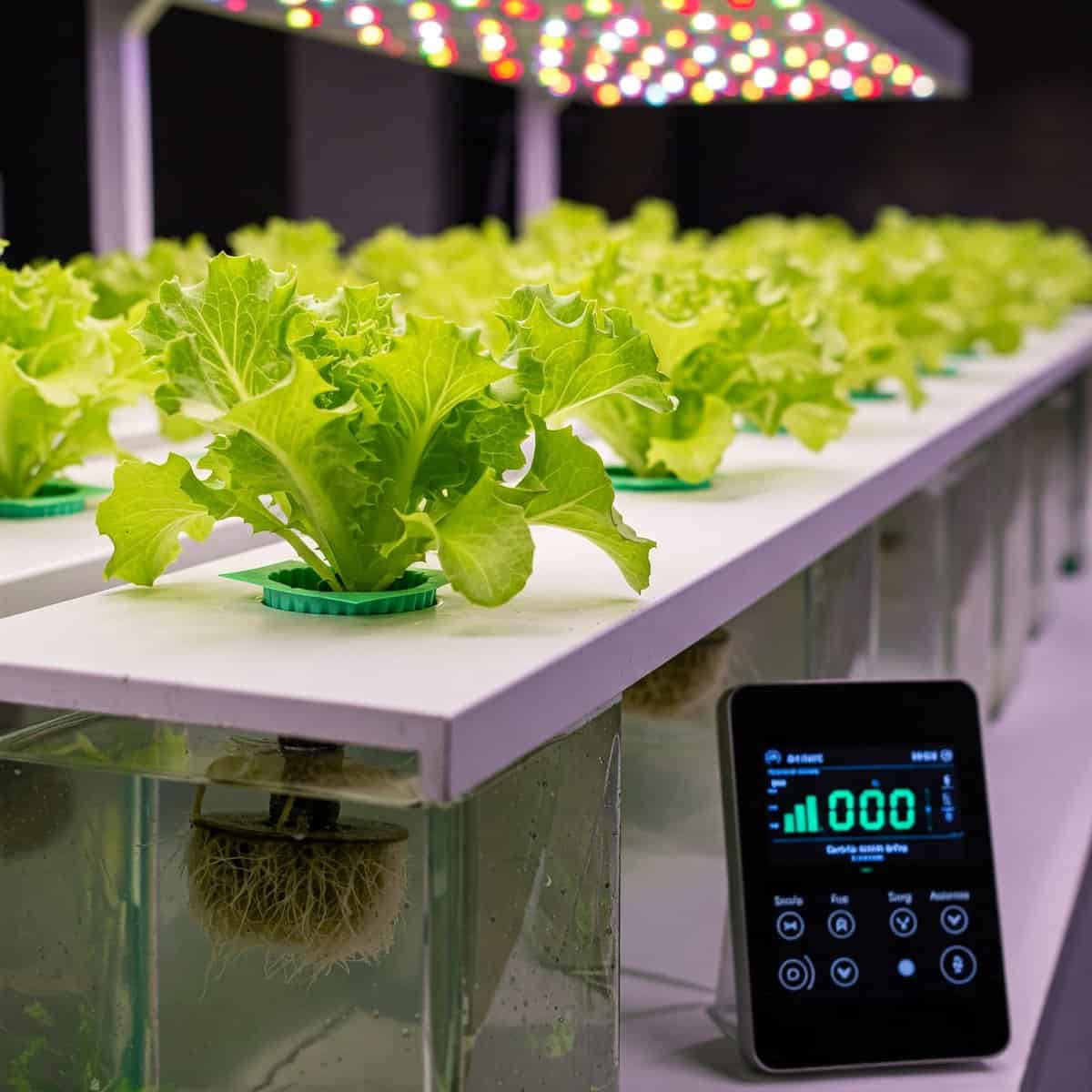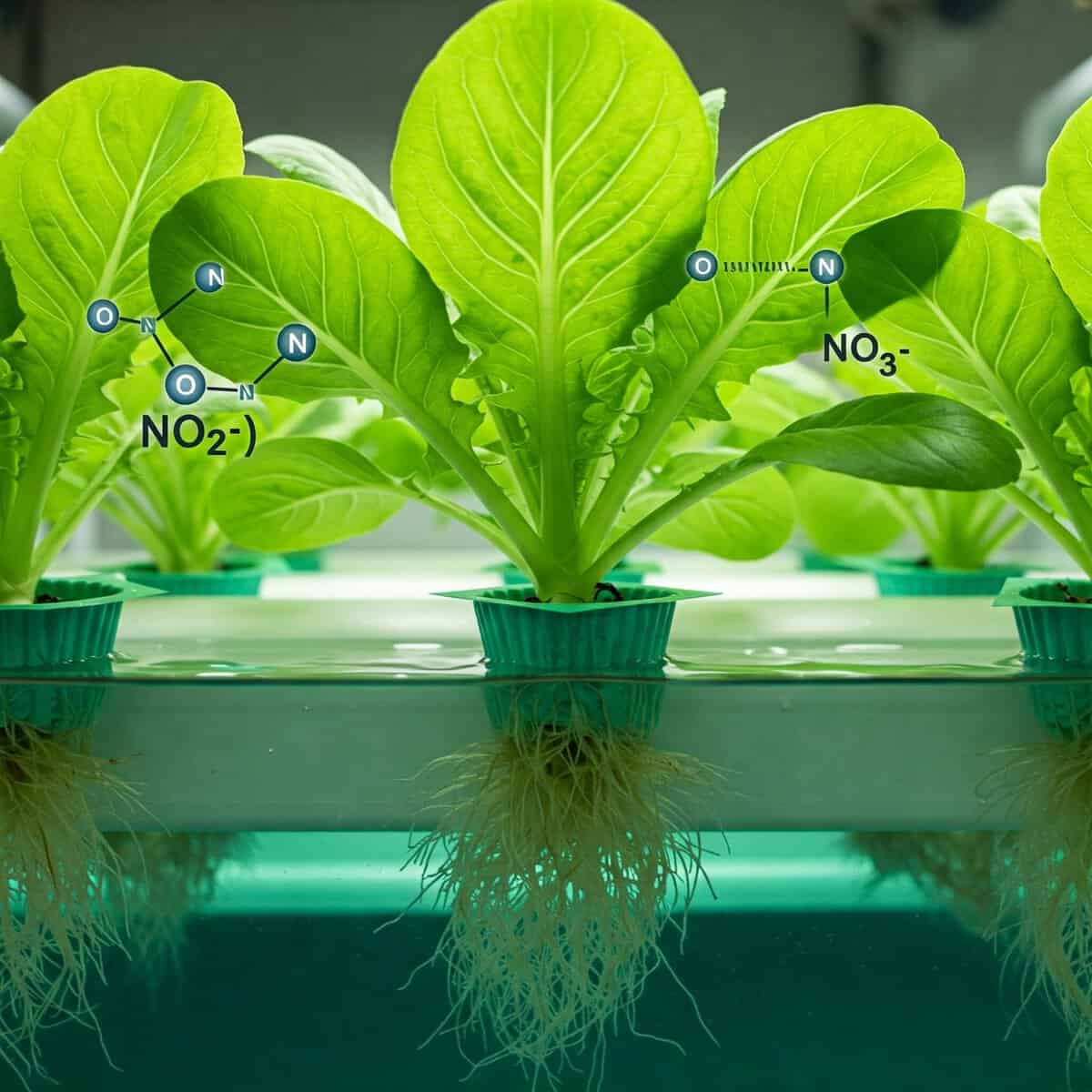Customized Nutrient Mixtures for Hydroponic Systems: Optimize Your Plant Growth
Nutrient mixtures in hydroponics aren’t one-size-fits-all. Each plant demands its own recipe – leafy greens need more nitrogen (about 150-200 ppm), while tomatoes crave potassium (up to 300 ppm during fruiting). Smart growers mix their solutions based on growth stages, tweaking EC levels between 1.2-3.0 depending on the crop. The right balance means stronger roots, … Read more






